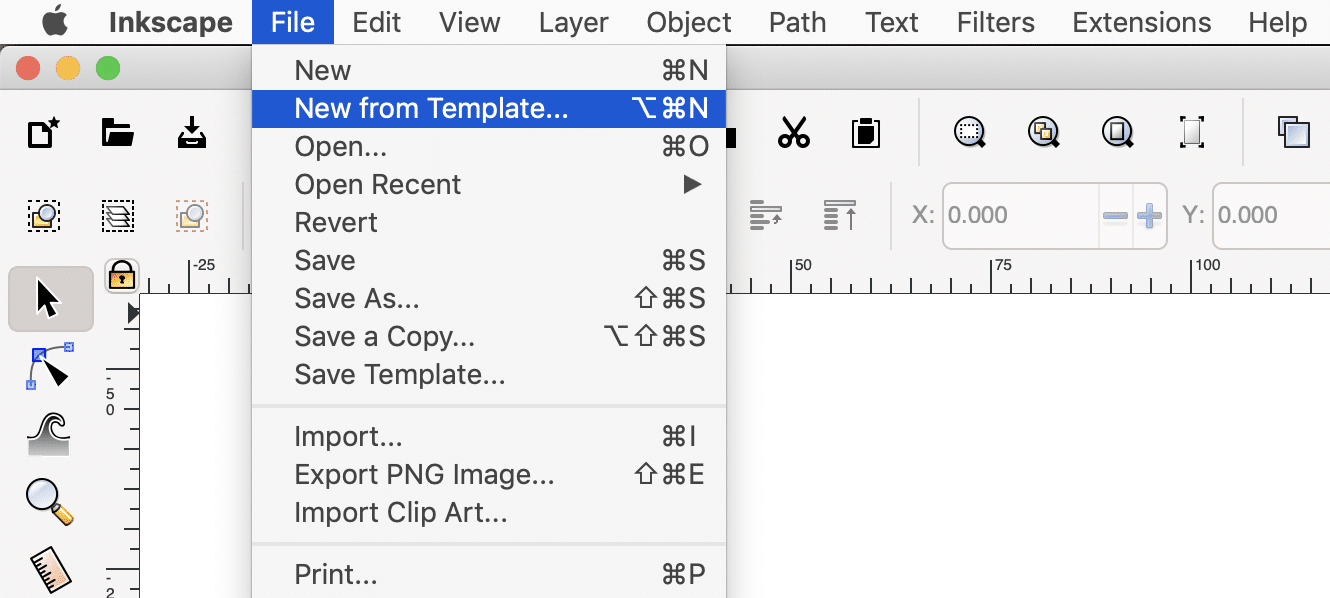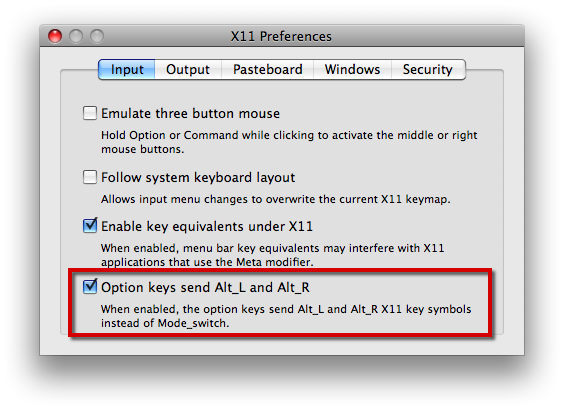
- #What is xquartz inkscape for mac os x
- #What is xquartz inkscape mac os x
- #What is xquartz inkscape mac os
- #What is xquartz inkscape install
- #What is xquartz inkscape download
You have set-up the clipboard on XQuartz correctly.In the white box to the right of the “File name for ground template (full path)” label, paste the path name you copied in Step 3.īecause Inkscape uses XQuartz, the clipboard is a little different. In Inkscape, go to the Extensions top level menu and select Extensions -> Bobbin Lace -> Ground from Template.While holding down the OPTION key, click on the right mouse button to open the context menu for this file and select “Copy rose.txt as Pathname” as shown below.For example, select the “rose.txt” file if you want to create some Rose ground. Select the text (.txt) file for the template you want to use (NOTE: There is also a. In Finder open the folder that contains the lace template files.
#What is xquartz inkscape download

If this does not work, click on the XQuartz icon in the application bar and from the top menu of XQuartz select “Window -> YOUR DOCUMENT NAME – Inkscape.
#What is xquartz inkscape mac os
The top menus for Inkscape are a little different from what you are used to for applications on Mac OS X.Inkscape runs “inside” the XQuartz application. The left one in the red box is for Inkscape and the right one is for XQuartz. When you launch Inkscape on Mac OS X, you will see two applications start in your Application bar as shown below:.
#What is xquartz inkscape install
NOTE: You will need to install XQuartz first and restart your computer as per the instructions in the link.
#What is xquartz inkscape mac os x
#What is xquartz inkscape for mac os x
wmctrl won't do it automatically, but it certainly helps in "fishing" it from limbo.NOTE: As of Inkscape 1.0, these special instructions for Mac OS X are no longer required.

Remember that each alias only works for the screen that Inkscape is associated with, you still need to drag-and-drop the window in order to switch screens. In order to make it more convenient I created 2 alias, to fix the coordinates for my Mac screen and for the external screen, respectively: alias fixInkscape='wmctrl -r Inkscape -e 0,2560,1440,1200,700'Īlias fixInkscapeExt='wmctrl -r Inkscape -e 0,0,0,2560,1300' Of course you need to replace 2560,1440 with your own external screen's resolution and 1200,700 to suit your main screen resolution. The solution is to move the Inkscape window to a new coordinate that takes into account the size of the external screen, and this is where wmctrl comes in useful: brew install wmctrl


It is basically in "limbo" between the 2 screens. This means that if Inkscape is somewhere near origin (0,0) but still associated with my Mac's main screen then it doesn't appear on the external screen nor in my main screen. In other words, from the point of view of XQuartz the origin of my Mac's screen changes from 0,0 to 2560,1440 (which is the resolution of my external screen). It seems like the issue is that when I plug the external screen, it messes with the coordinate system of my Mac's screen, effectively shifting the origin of my screen by the resolution of the external screen.


 0 kommentar(er)
0 kommentar(er)
